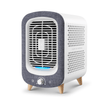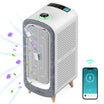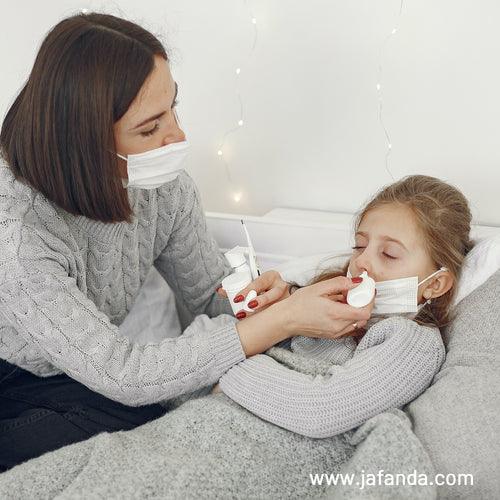Children's allergies refer to diseases in which children experience allergic reactions after exposure to allergens. As children's immune systems are not fully developed, they are more prone to allergic reactions to allergens. This informational article will discuss the characteristics and common allergens of children's allergies, prevention and management strategies, as well as how to control indoor environments and avoid the impact of allergens on children.

Characteristics and Common Allergens of Children's Allergies:
- Characteristics of Children's Allergies Children's allergies have some differences compared to allergies in adults. As children's immune systems are not fully developed, they are more susceptible to allergic reactions to allergens. Common symptoms of children's allergies include nasal congestion, runny nose, coughing, and itching skin. Diagnosing and treating children's allergies require consideration of their age and physiological characteristics.
-
Common Allergens in Children Common allergens in children are similar to those in adults, including dust mites, pollen, and pet dander. Additionally, certain foods such as milk, eggs, peanuts, fish, and nuts are also common allergens in children. Understanding common allergens in children helps in early identification and control of allergic symptoms.
Prevention and Management Strategies for Children's Allergies:
- Avoiding Allergen Exposure Prevention is the key to managing children's allergies. Avoiding allergen exposure is an effective strategy to prevent allergic reactions. Parents can take measures such as avoiding specific foods and regularly cleaning indoor environments based on their children's allergens.
-
Allergy Medications for Treatment For symptoms of children's allergies, doctors may recommend using allergy medications such as antihistamines, nasal sprays, etc., to alleviate symptoms. However, when using medications, it is important to follow the doctor's guidance and pay attention to dosage and timing.
Indoor Environmental Control and Allergen Avoidance Strategies for Children's Allergies:
- Indoor Environmental Control Maintaining cleanliness and appropriate humidity in children's living environments is crucial for preventing allergies. Regularly cleaning bedding, carpets, and furniture, as well as ensuring indoor ventilation and dryness, can reduce the proliferation of dust mites and mold, minimizing exposure to allergens.
-
Allergen Avoidance Strategies For specific allergens, such as food allergens, parents can implement strict dietary control measures to prevent children from coming into contact with allergenic foods. For pet allergens, it may be helpful to maintain a certain distance from pets, regularly clean them, and reduce their indoor activity.
Conclusion: Understanding the characteristics and common allergens of children's allergies is significant for the prevention and management of these conditions. By understanding the characteristics and common allergens of children's allergies, parents can take appropriate preventive measures to reduce exposure to allergens and alleviate symptoms. Controlling indoor environments and avoiding the impact of allergens on children are effective management strategies. Importantly, parents should collaborate with doctors for regular monitoring and management of children's allergies to ensure their health and comfort.











Leave a comment
All comments are moderated before being published.
This site is protected by hCaptcha and the hCaptcha Privacy Policy and Terms of Service apply.